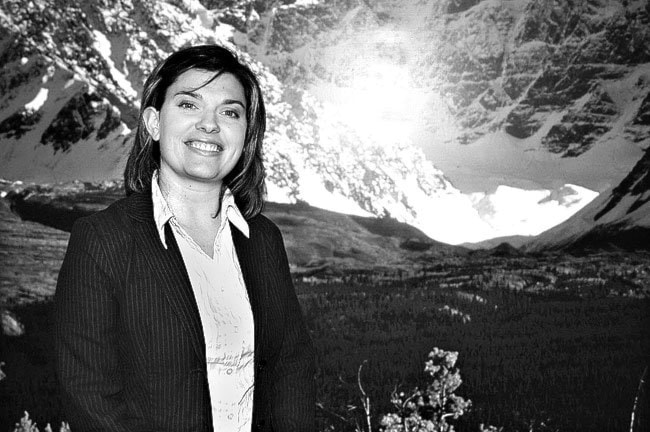In 1898, three dozen inexperienced greenhorns met in Seattle to outfit for a Yukon adventure.
Little did they know at the time that they would be remembered not for uncovering riches, but for their secrecy. They would become the Mysterious 36.
Although most of the stampeders who came to the Yukon looking for the Mother Lode in 1898 headed straight for the Klondike region, some thought there were bonanzas to be found all over the territory.
The Mysterious 36 was one such group.
Funded through an unknown benefactor, the group travelled from Seattle to Juneau and arrived in Pyramid Harbour in early spring.
They erected a military-style camp and prepared to hike up the Chilkat River valley. The 36 were not nearly as unnoticed as they had hoped. Mysterious, perhaps but not unobserved:
“When I reached this place (Pyramid Harbour) I found that the stories of gold had leaked out, and already a well equipped party of more than 30 men had landed here,” said Arthur Thompson in the book Gold Seeking on the Dalton Trail. “To be exact, there are 36 of them; and owing to the absolute secrecy which they maintain regarding their destination they are already known as the Mysterious 36.”
The group headed inland and began prospecting across large areas of what is now Southwest Yukon.
Feeding 36 men required substantial provisions and equipment and they faced all the elements with few comforts.
As the men moved further into the interior and began reaching areas they intended to mine, they build a series of permanent camps with cabins. These cabins were used as base camps for further exploration in the area.
The construction of these buildings shows that the 36 were planning to stay for a longer period and likely to return for several seasons. Pennock’s Post was the first of these sites.
From Pennock’s Post, the group split up to head off to different areas to search for signs of minerals.
In several smaller units, they fanned out over larger areas for several weeks.
As the group travelled in the local area, they used what was known at that time as Dalton Trail.
The group made a supply camp at Mush Creek where they built a sawmill and cut lumber for the buildings and sluice boxes they would construct at nearby Shorty Creek.
While some of the 36 were exploring the region, other members of the group undertook the building of the main camp at Shorty Creek in April, 1898.
They built a bunkhouse and dining hall.
Throughout the summer months, the group spread out and prospected for gold with little luck.
By September they were gone.
Some men talked of returning the following year with hydraulic mining equipment but they didn’t and the claims lapsed.
Photographer Henry Dow Banks documented most the trip.
He also started a diary that was never completed, leaving some of the mystery still unanswered today. The photos provide a glimpse of the grandeur of the Yukon and the punishing efforts of the gold seekers of 1898.
His daughter, Elizabeth Banks Nichols, donated the photographs to the MacBride Museum in 1960.
The 36 “never did get any gold,” Nichols says in a letter to Bill MacBride, the founder of the MacBride Museum of Yukon History.
While the Mysterious 36 may have been unsuccessful, there are records in the Yukon Mineral Industry reports that the Shorty Creek area was mined on and off until at least 1950.
This column is provided by the MacBride Museum of Yukon History. Each week it will explore a different morsel of Yukon’s modern history. For more information, or to comment on anything in this column e-mail lchalykoff@macbridemuseum.com.
